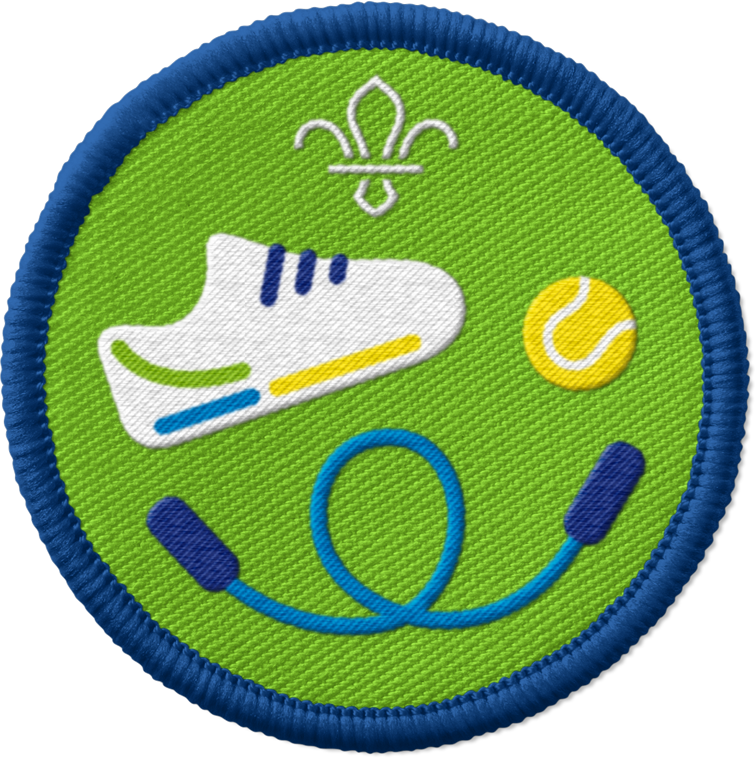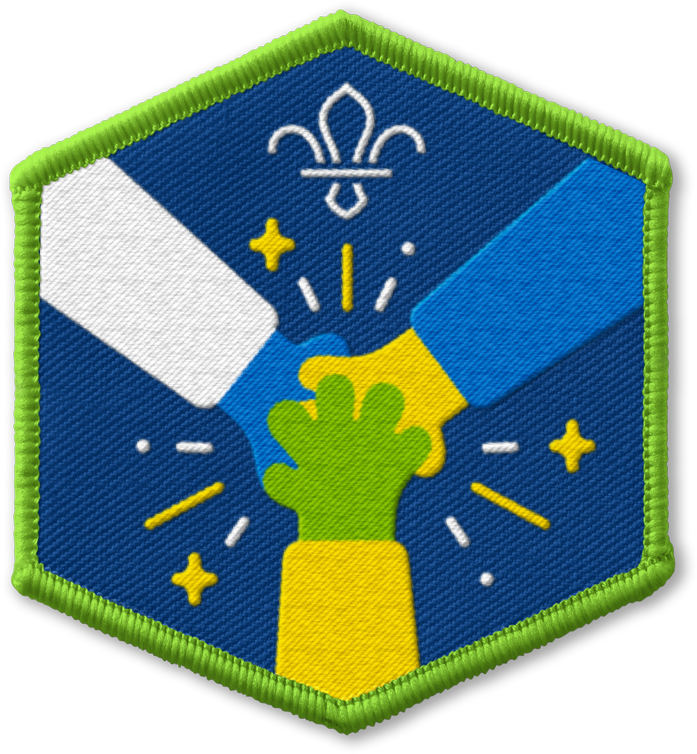Fire ball
You’ll need
- Cones or other markers
- Different sized balls
Learn through play
This activity was created with our friends at Boing Kids. Boing is all about giving children the tools they need to explore the world around them and solve problems in a fun way. They support people to create playful, active, and inclusive spaces that develop children’s physical literacy. Physical literacy means understanding how you interact with the world around you – it involves concepts like reacting to objects, moving creatively, and interacting with other people.
Before you begin
- Use the safety checklist to help you plan and risk assess your activity. Additional help to carry out your risk assessment, including examples can be found here. Don’t forget to make sure all young people and adults involved in the activity know how to take part safely.
- Make sure you’ll have enough adult helpers. You may need some parents and carers to help if you’re short on helpers.
Setting up the game
- Divide your space into two halves using cones, markers or chalk.
- Put three large balls on the centre line. These are the fire balls.
- Put up to four smaller balls in each half. These are the throwing balls. They could be in two different colours, with one colour for each group.
Fire away
- Everyone should split into two groups.
- Each group should stand in one half of the space.
- People need to stay in their own half throughout the game and can't step over the halfway marker to get balls back. However, an adult or young leader could throw them back.
- The aim of the game is to keep the fire balls out of your team’s half by throwing the smaller balls at them. The game finishes when all of the fire balls end up in one group's half.
- People need to run to grab the smaller balls and try to throw them at the fire balls to move them into the other team's half. However, no one can touch the fire balls and no one can move while holding the smaller throwing balls. People can move if they're not holding a smaller ball. They can also throw the smaller balls between each other and pick them up off the ground after they've been thrown.
- When everyone's ready, shout ‘go’ to start the game and get those fire balls moving.
- The game is over after five minutes or as soon as all of the fire balls end up in one half.
The key to learning through games isn’t winning or losing: it’s creating the right atmosphere. Try to create a space where everyone feels confident trying new things, finding out what works, and learning from what doesn’t work. Sometimes things might feel a bit chaotic – as long as everyone’s enjoying themselves and getting involved, you’re onto a winner.
There are three things you can change to get the right atmosphere: the task, the environment, or the individual.
If a game’s too easy (or it feels a bit boring), you could:
- make the task harder
- make the game area smaller
- add more obstacles
- give individuals different roles to do.
If a game feels too chaotic or difficult, you could:
- make the task simpler
- remove or change some equipment
- ask people to work together.
Reflection
Take the time to think about what you did and why – you’ll be amazed at what you learn. Try out a quick, active reflection from our reflective toolkit to lock in the great things you tried and learned in this activity.
Safety
All activities must be safely managed. You must complete a thorough risk assessment and take appropriate steps to reduce risk. Use the safety checklist to help you plan and risk assess your activity. Always get approval for the activity, and have suitable supervision and an InTouch process.
- Active games
The game area should be free of hazards. Explain the rules of the game clearly and have a clear way to communicate that the game must stop when needed. Take a look at our guidance on running active games safely.
Try adding in more fire balls or more throwing balls.
You could divide your space into quarters and have four teams defending their areas from the fire balls.
Introduce new rules to make sure the game works for everyone. For example, people could sit on the floor or on chairs to play.
You could also ask people to collect the throwing balls and pass them to another person to throw them, so people can choose whether they’d rather collect or throw the balls.
All Scout activities should be inclusive and accessible.
Try out some more active games and get your body moving with our activity finder.

